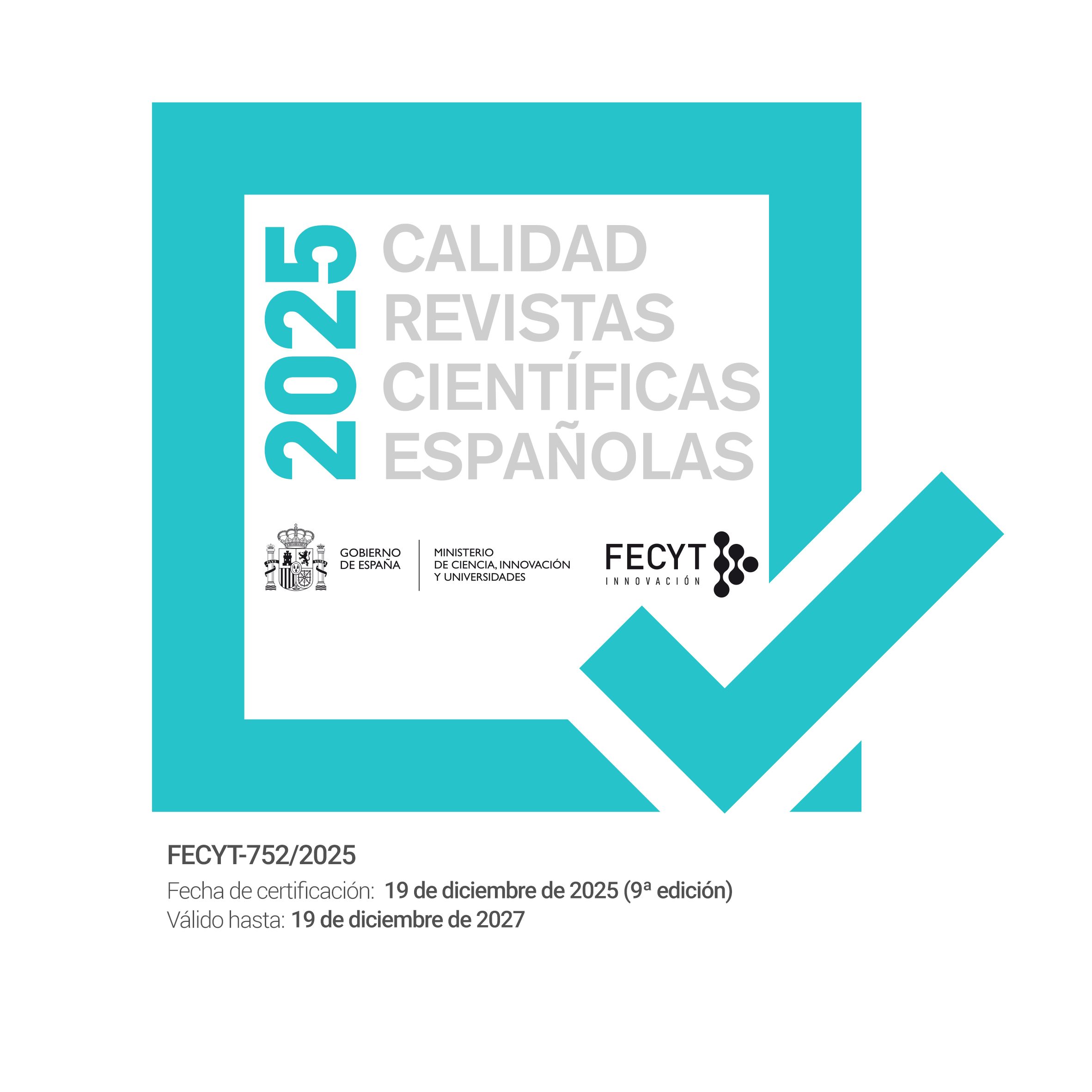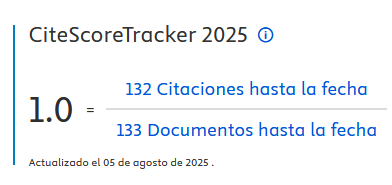La investigación sobre el proceso de cambio
DOI:
https://doi.org/10.33898/rdp.v1i4.647Palabras clave:
terapeutas, profesionales, paraprofesionalesResumen
En una reciente revisión, Hattie, Sharpley y Rogers (1984) concluyeron que los pacientes tratados por terapeutas paraprofesionales mejoraban más que los tratados por terapeutas profesionales. Sin embargo, esta provocadora conclusión está basada en estudios y análisis estadísticos inapropiados. La presente revisión omitió los estudios problemáticos y organizó los datos de forma que permitieran una inferencia estadística válida. A diferencia de Hattie et al., encontramos que los terapeutas profesionales y los paraprofesionales en general eran igualmente eficaces. Nuestro análisis también sugirió que los profesionales pueden ser mejores en caso de tratamientos breves y pacientes de más edad, a pesar de que esas diferencias fueron pequeñas. Las actuales evidencias empíricas no indican que los paraprofesionales sean más eficaces, pero tampoco revelan una superioridad substancial para los terapeutas entrenados profesionalmente.
Descargas
Descargas
Publicado
Cómo citar
Número
Sección
Licencia
Los autores/as que publiquen en esta revista aceptan las siguientes condiciones:
- Los autores/as conservan los derechos de autor y ceden a la revista el derecho de la primera publicación, con el trabajo registrado con la Creative Commons CC-BY-NC 4.0 Internacional, que permite a terceros citar el texto y usarlo sin alterarlo y sin beneficio económico, siempre que mencionen la autoría del trabajo y la primera publicación en esta revista.
- Los autores/as pueden realizar otros acuerdos contractuales independientes y adicionales para la distribución no exclusiva de la versión del artículo publicado en esta revista (p. ej., incluirlo en un repositorio institucional o publicarlo en un libro), siempre que indiquen claramente que el trabajo se publicó por primera vez en esta revista.
- Las opiniones expresadas en los trabajos son responsabilidad única de los/as autores/as, no reflejando en ningún caso las opiniones o políticas científicas de la revista.













